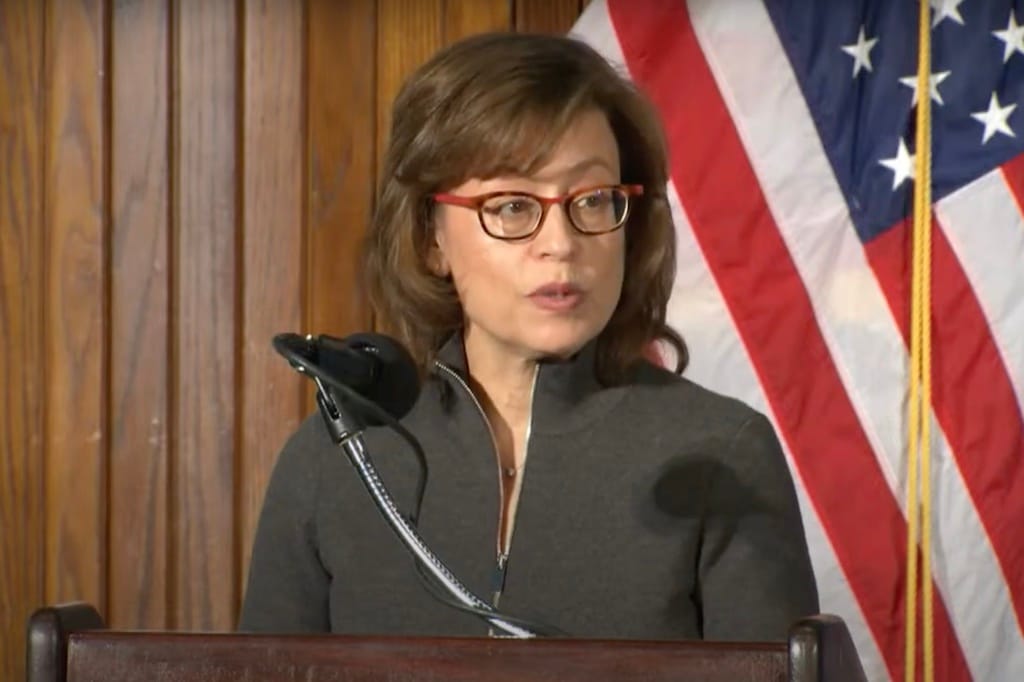Greater Spectrum Sharing Will Be Necessary, Says FCC Commissioner Anna Gomez
Gomez lauded the National Telecommunications and Information Administration's national spectrum strategy's four pillars.
Corey Walker

WASHINGTON, February 2, 2024 – Federal Communications Commissioner Anna Gomez praised the federal government’s national spectrum strategy on Thursday, citing the need for better management of a shrinking reservoir of spectrum and thus the necessity of spectrum sharing.
Gomez’s comments were made during the Spectrum Policy Symposium of the National Telecommunications and Information Administration.
NTIA is the Commerce Department agency responsible for the federal government’s use of the radio frequency spectrum. While the FCC administers the use of the airwaves by the private sector, the NTIA maintains a key role in establishing the executive branch’s approach to the topic.
“As we have less and less new spectrum to identify, we’re going to need to continue to coordinate even more closely to identify the best path forward for managing this resource,” Gomez said, adding that the strategy helps agencies collaborate and identify additional spectrum for new uses.
“Identifying spectrum for exclusive use licenses will become more and more difficult,” she said.
The national spectrum strategy outlines a series of suggestions from the NTIA: Its core “pillars” are: strengthening national economic growth through increasing spectrum access to the government and the private sector, establishing a collaborative framework between agencies regarding spectrum decision-making, enhancing spectrum efficiency through investing in emerging technologies, and increasing the workforce for spectrum-related occupations.
Greater spectrum sharing will be necessary going forward
Gomez argued that spectrum sharing will become necessary going forward. The commissioner vouched for dynamic spectrum sharing— a process which allows 4G, LTE, and 5G wireless to sit on the same frequency bands.
“We can try to identify new spectrum, but we need to acknowledge that sharing needs to be part of our toolbox going forward,” Gomez said, “Dynamic spectrum sharing approaches will be key, and developing and implementing techniques for dynamic spectrum sharing will create a new era for spectrum management and use.”
“We cannot expect private sector innovators to invest billions of dollars in spectrum subject to sharing unless it can be delivered with clear, reliable obligations by all parties to the sharing arrangements,” Gomez said.
Spectrum allocation has been a major source of concern for the FCC, particularly last year. In June, the commission issued a notice of proposed rulemaking to examine the possibility of sharing in the 42 – 42.5 GigaHertz (GHz) spectrum band.
In July, Ness Shroff, director of the National Science Foundation’s AI Institute, argued that artificial intelligence could be used to moderate spectrum congestion.
In March, industry professionals debated whether spectrum sharing can be maintained, arguing that the process weakens power for technologies and erodes the quality of the band. Spectrum sharing was also the topic of a Broadband Breakfast Live Online discussion in October.










Member discussion